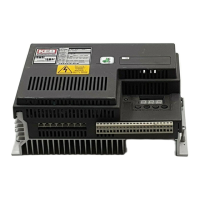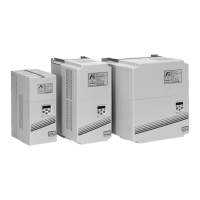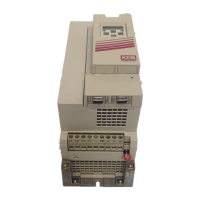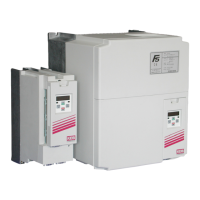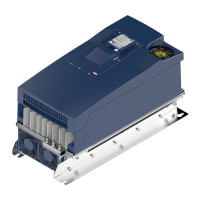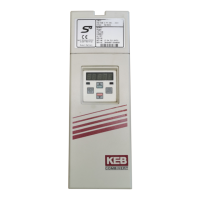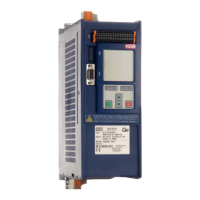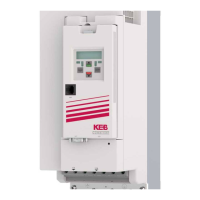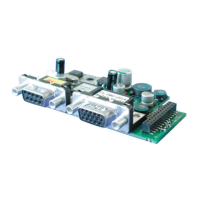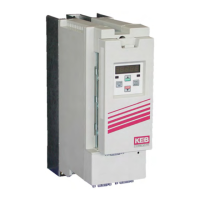6 Electrical Installation
6.1 General information
This chapter contains the information which must be observed when selecting the wires,
the protective measures and wiring in the control cabinet.
ATTENTION
Current laws and local regulations must always be observed when
planning and carrying out the installation. KEB assumes no liability for
installations where laws, local and / or other regulations have not been
complied with. If the recommendations given by KEB are not observed,
you might experience problems when using the drive converter which
are not covered by the warranty.
ThespeciedCable cross-sections are recommendations for dimensioning and serve
as guide values for multicore copper cables. They are valid for a maximum ambient
temperature of 40 °C and for open installation. This must be considered accordingly in
case of deviating ambient conditions and local regulations.
6.1.1 Wiring
• Lay noise-affected or noise sensitive cables as far apart from each other as possible
(minimum 200 mm).
• If the distance cannot be maintained, additional shielding measures must be pro-
vided.
• Cables must be routed as closely as possible to earthed housing parts, mounting
plates or cabinet frames. This reduces noise emissions and noise injections.
• Crossings of cables of different classes are to be tolerated, parallel laying should
be avoided.
• If another laying is not possible, cross the cables at right angles, especially if the
signals are sensitive and interference emitted.
• Cores of signal and data lines that are not used must be earthed at both ends.
• Avoid long lines and interference sources in order to prevent additional coupling
points.
• Ground unused lines on one side in the control cabinet.
• Establish ground connections with the largest possible cross-section to other control
cabinets, system components and decentralized devices.
• Avoid larger conductor loops.
63
ELECTRICAL INSTALLATION
